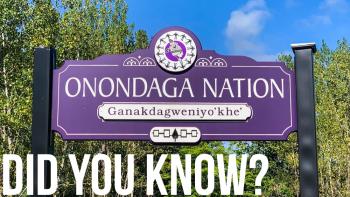
The idea of “natural” or “wild” lands is a myth. Scientists released a study showing that about three quarters of terrestrial nature has been shaped over 12,000 years by the land use of Indigenous and traditional peoples. Those land use practices included burning, hunting, species propagation, domestication and cultivation.
The cause of the current biodiversity crisis is a result of intensifying and new uses of the biodiverse landscapes shaped and sustained by traditional societies. “[This study] shows that high biodiversity is compatible with, and in some cases a result of, people living in these landscapes,” says Yadvinder Malhi at the University of Oxford. “Working with local and traditional communities, and learning from them, is essential if we are to try to protect biodiversity.”
















